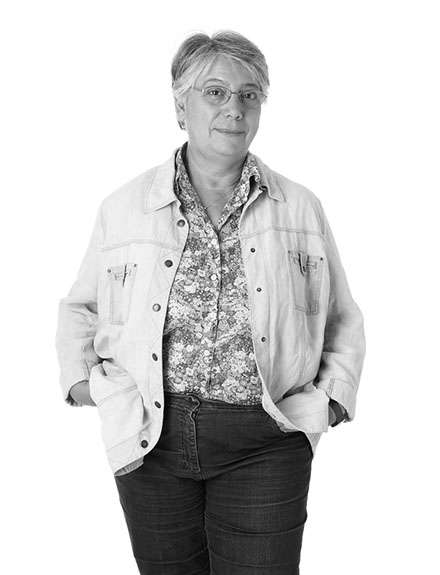| marie-hélène le ny |
|
photographist |

|
“I
remember a time when, as a little girl, I was collecting small
pebbles, tiny fossils, in my parents‘garden. But I wanted
to know more about them, and this is why I joined a scientific
club and I devoured all the books of Tazieff on volcanoes, Casteret
on caves, mountains... All these things fascinated me and led
me towards a training of paleontological geologist ...
Orrorin is one
of these early potential ancestors of our lineage. Found in 6 million
years old sediments in the Tugen Hills (Kenya), it represents
the first clear evidence of bipedalism (close to ours) as shown
in its bones. Its name comes from a local legend: in the Tugen
community, Orrorin is the name of a mythical original man. |
||
|
Brigitte Senut Research director and professor in mnhn |
|||
|
|
|
|